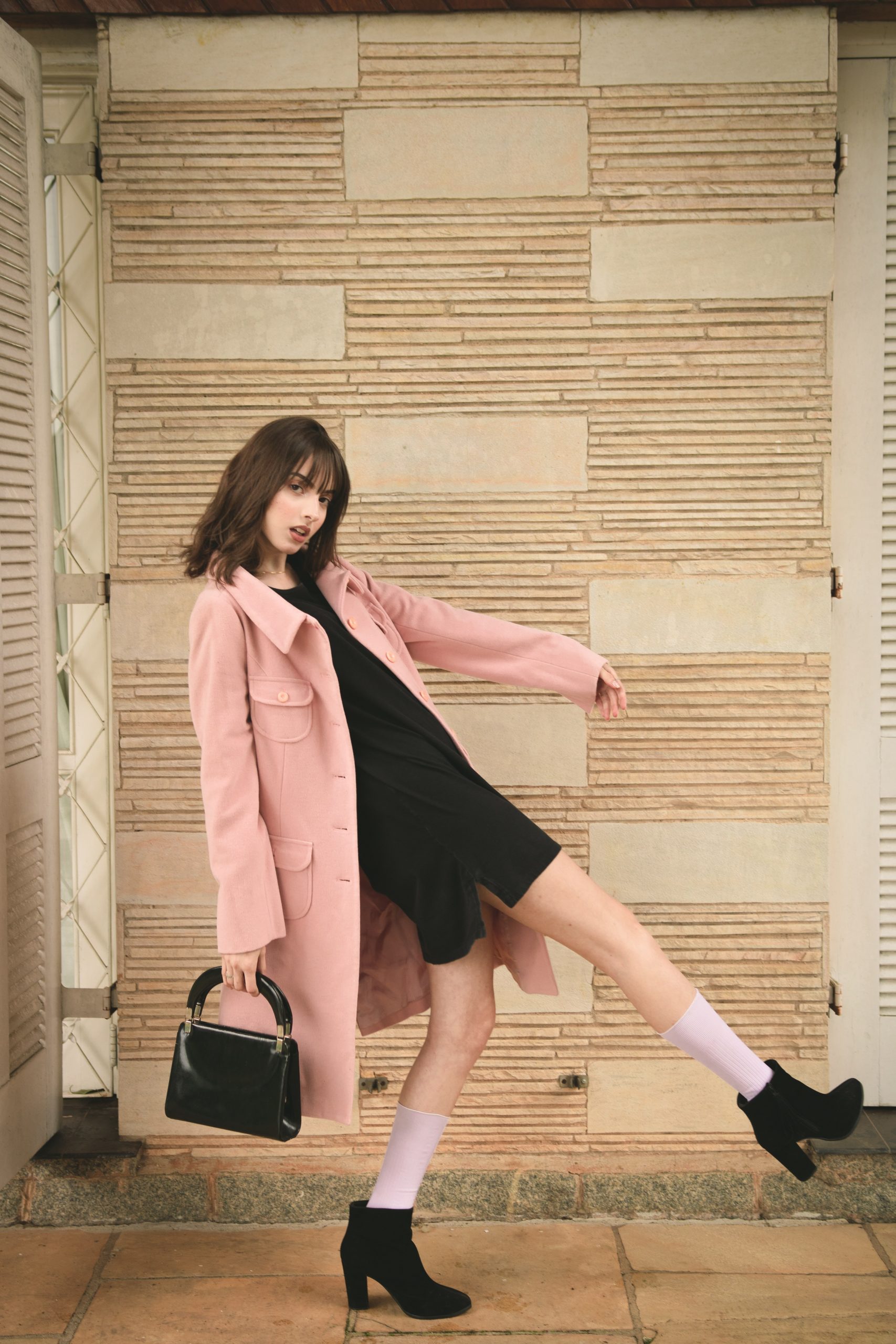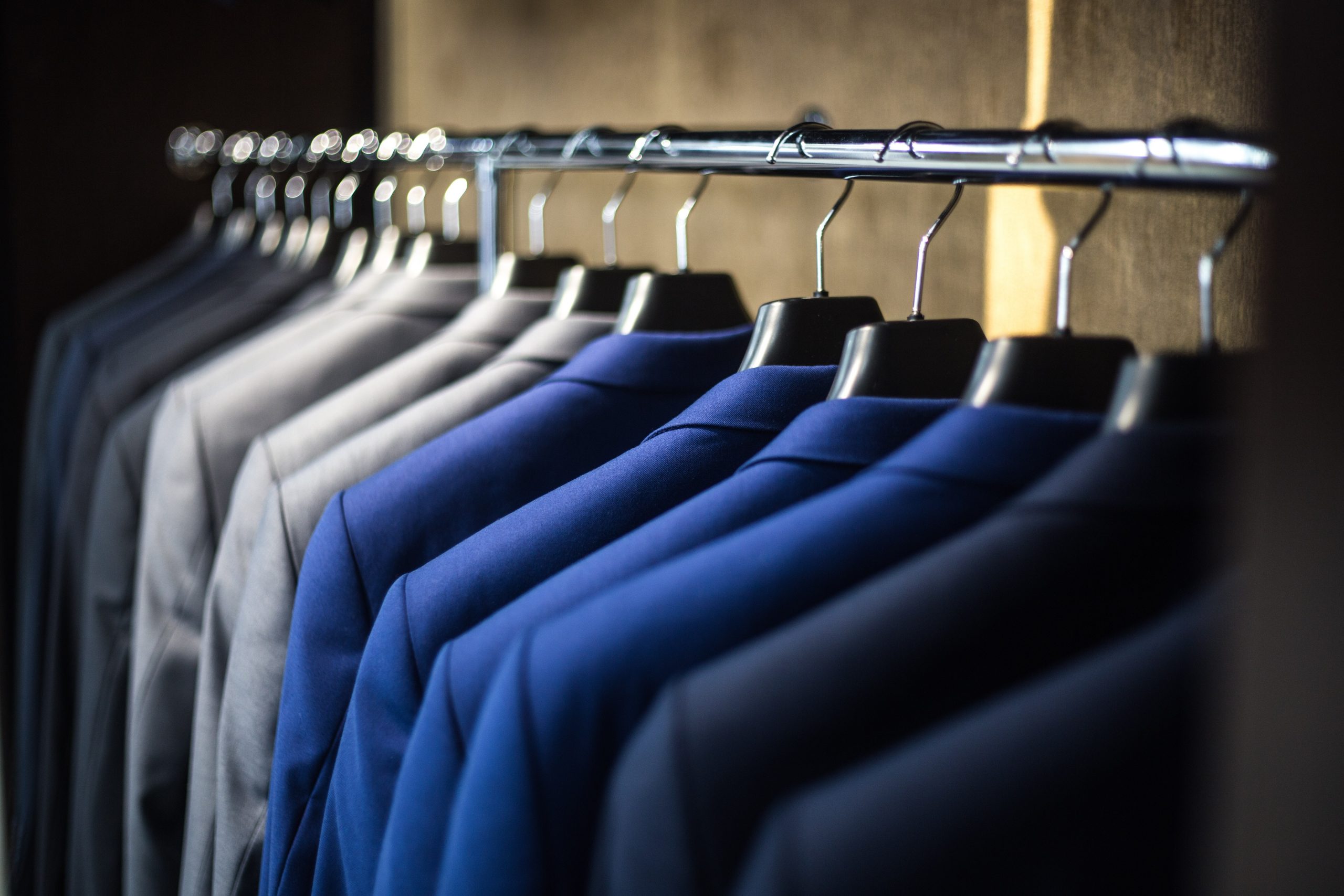The Evolution of Fashion: From Historical Trends to Modern Styles
Fashion / / Mar 14, 2023

Fashion is a dynamic and ever-changing industry that has evolved significantly over the centuries. From ancient civilizations to the modern era, clothing styles have been shaped by cultural, social, and economic influences. The evolution of fashion is a fascinating journey that reflects the development of human society and the constant quest for self-expression. In this article, we will explore the historical trends that have shaped fashion throughout the ages and examine how these influences continue to impact modern styles.
Ancient Civilizations: A Tapestry of Culture and Style
The origins of fashion can be traced back to ancient civilizations such as Egypt, Greece, and Rome. Clothing in these societies was not only functional but also a reflection of social status and cultural identity. In Egypt, elaborate garments made of linen were reserved for the elite, while simple clothing was worn by commoners. Greek fashion emphasized draped and flowing fabrics, with garments like the chiton and peplos showcasing the grace and elegance of the human form. In Rome, clothing became a symbol of power and authority, with togas representing the status of Roman citizens.
The Middle Ages: A Period of Opulence and Restriction
The Middle Ages brought a significant shift in fashion as Europe entered an era of opulence and restriction. The medieval period saw the rise of elaborate and heavily embellished clothing for the nobility, with sumptuary laws regulating the types of garments that individuals could wear based on their social class. Rich fabrics, such as silk and velvet, were reserved for the wealthy, while commoners were limited to simpler materials. The fashion of this period was heavily influenced by the feudal system and religious beliefs.
Renaissance and Enlightenment: A Rebirth of Art and Reason
The Renaissance marked a return to classical aesthetics and a celebration of individuality. Clothing became a canvas for artistic expression, with elaborate and ornate designs showcasing the wealth and taste of the elite. The rise of the merchant class also led to an expansion of fashion beyond the nobility, with new styles and silhouettes emerging. The Enlightenment further influenced fashion, promoting rationality and simplicity in clothing. The hoop skirt and corset, for example, gave way to more natural and unstructured garments.
The Industrial Revolution: Mass Production and Fashion Accessibility
The Industrial Revolution brought about significant changes in fashion through the mechanization of textile production. Mass production made clothing more affordable and accessible to the general population, leading to a greater diversity of styles and fashion choices. Ready-to-wear clothing became popular, and fashion magazines began to shape trends and dictate style preferences. The Victorian era saw the emergence of intricate dresses with layers of ruffles and lace, while the Edwardian period favored a more restrained and tailored look.
The Roaring Twenties: A Decade of Liberation and Expression
The 1920s marked a transformative period in fashion, characterized by the liberation of women’s clothing and the rejection of traditional norms. The flapper style became iconic, with its short skirts, loose silhouettes, and daring fashion choices. The Jazz Age brought about a sense of freedom and rebellion, with women embracing shorter hair and bolder makeup. This decade set the stage for a new era of fashion that emphasized individuality and self-expression.
Mid-20th Century: The Golden Age of Fashion
The mid-20th century saw the emergence of iconic fashion houses and designers who shaped the industry for decades to come. The 1950s embraced a return to femininity and elegance, with full skirts and fitted bodices dominating women’s fashion. The 1960s ushered in a revolution with the rise of youth culture and the mod style, featuring bold colors, geometric patterns, and mini skirts. The 1970s embraced bohemian and hippie influences, with flowing fabrics, fringe, and bell-bottoms becoming popular.
Contemporary Fashion: A Kaleidoscope of Trends and Styles
Today, fashion is more diverse and inclusive than ever before. The 21st century has seen the rise of fast fashion, where trends are produced and consumed at a rapid pace. Social media and online platforms have democratized fashion, allowing individuals to showcase their unique styles and influences. Sustainable and ethical fashion movements have also gained traction, encouraging consumers to make conscious and responsible choices.
The evolution of fashion is a testament to the ever-changing nature of human society and culture. From ancient civilizations to the modern era, clothing styles have been shaped by a myriad of influences, including social status, artistic expression, and technological advancements. Each period in history has left its mark on fashion, contributing to the diverse and eclectic styles we see today. As fashion continues to evolve, it remains a powerful form of self-expression and a reflection of the zeitgeist of our times. Whether drawing inspiration from the past or pushing the boundaries of creativity, fashion continues to captivate and inspire people around the world.













Comments 0